Blog / 2009 / Learning from the Masters
June 2, 2009
As a kid, I learned to draw by copying illustrations from my favorite story books, and as I got older I started looking at other artists’s work for inspiration.
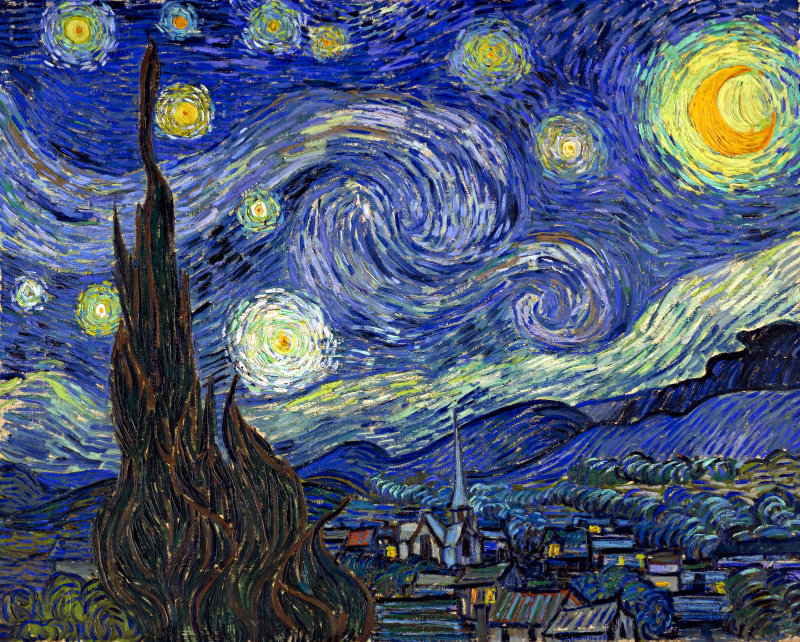
When I was fourteen, I reproduced this famous Van Gogh painting for a school project.
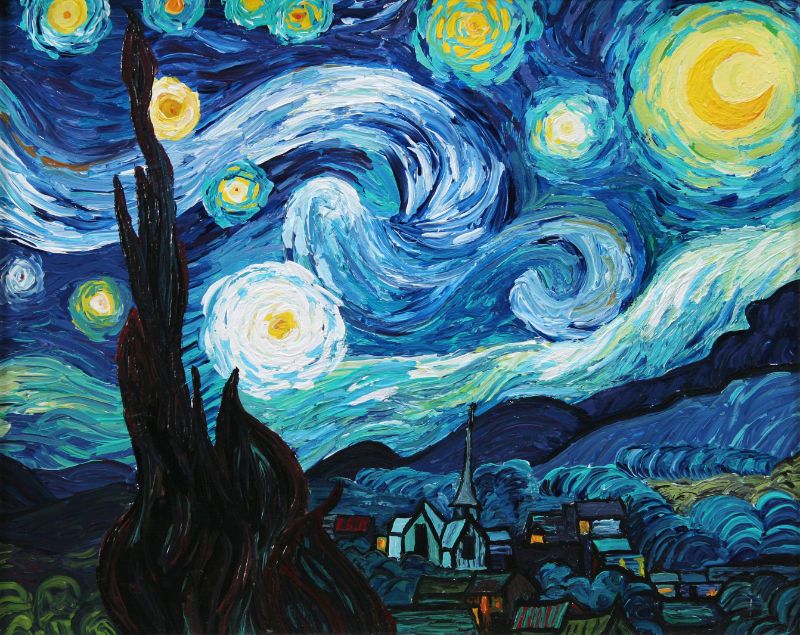
My Starry Night
1995
acrylic on panel
18 x 22 inches
For my Van Gogh fake, I was using acrylics for the first time ever—the only paints I’d worked with up to this point were gouache and watercolor. I was trying to mimic Van Gogh’s manner of painting in relief with separate brushstrokes that didn’t seem to need any re-working.
This initial exposure to acrylics through Van Gogh’s style meant that I used thick paint and textures for some time. It wasn’t until a few years later that I started to use acrylics in a more watered-down and layered way.
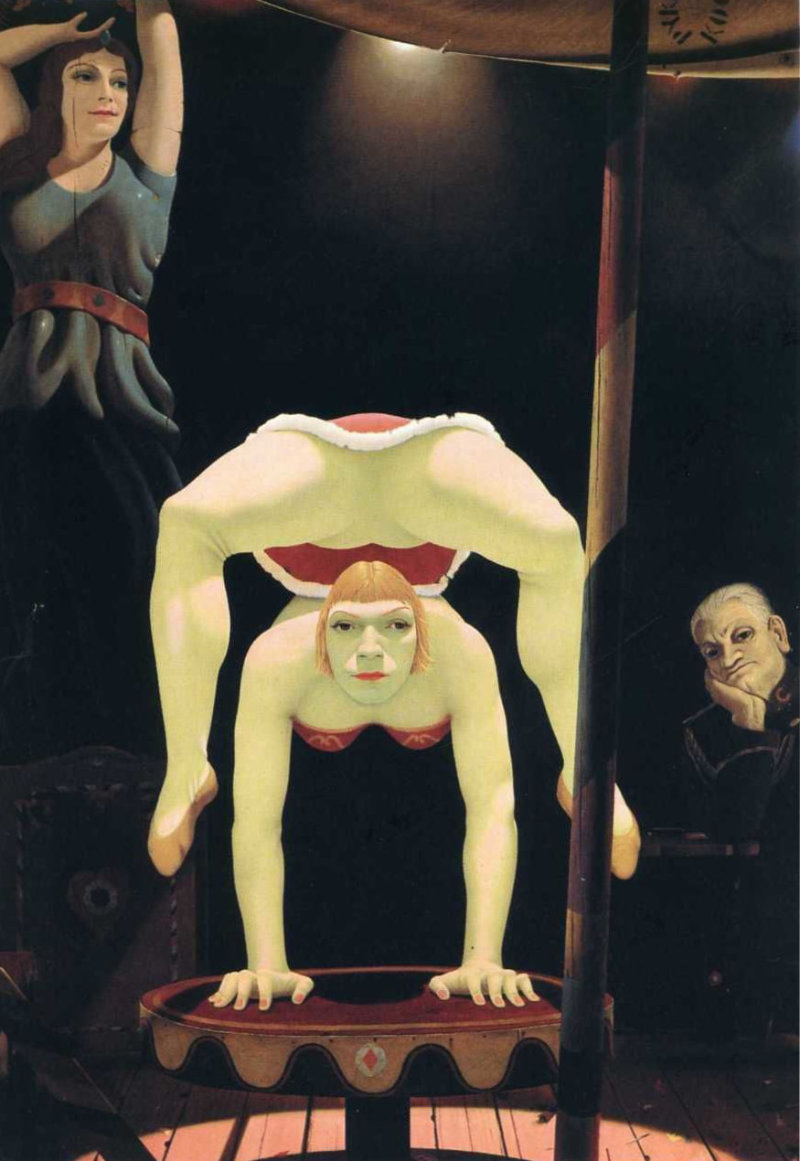
By 2004, when I happened on the Large Contortionist, I had stopped reproducing other artists’ works in their entirety. Instead, I was noting what stood out most about the paintings I encountered and then using those devices in my own work.

Kiss It!
2004
acrylic on canvas
24 x 24 inches
At that time, I was already thinking of this painting, but I hadn’t made any palette decisions. I was so enamored with Koch’s pink and white-green combination that I decided to try it myself.
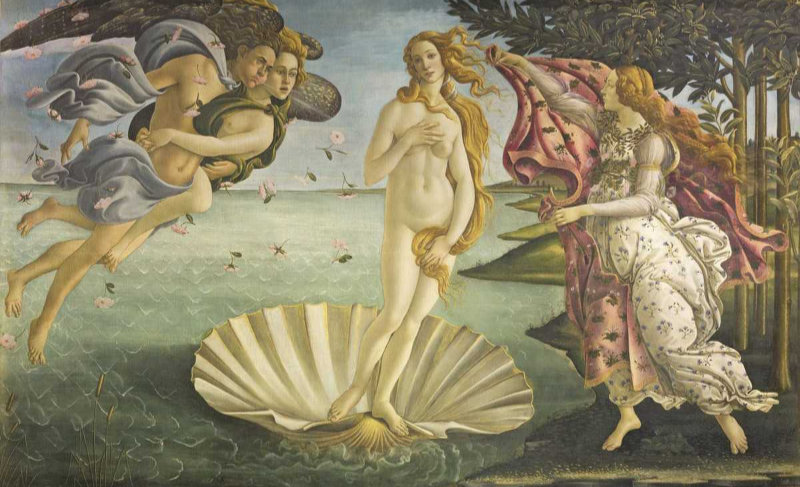
By 2006, I was starting to quote masterworks by reproducing elements that would hopefully remain recognizable in my work. When one of my subjects revealed that he loved The Birth Of Venus, I knew I had to find a way to incorporate something of this painting in my own.
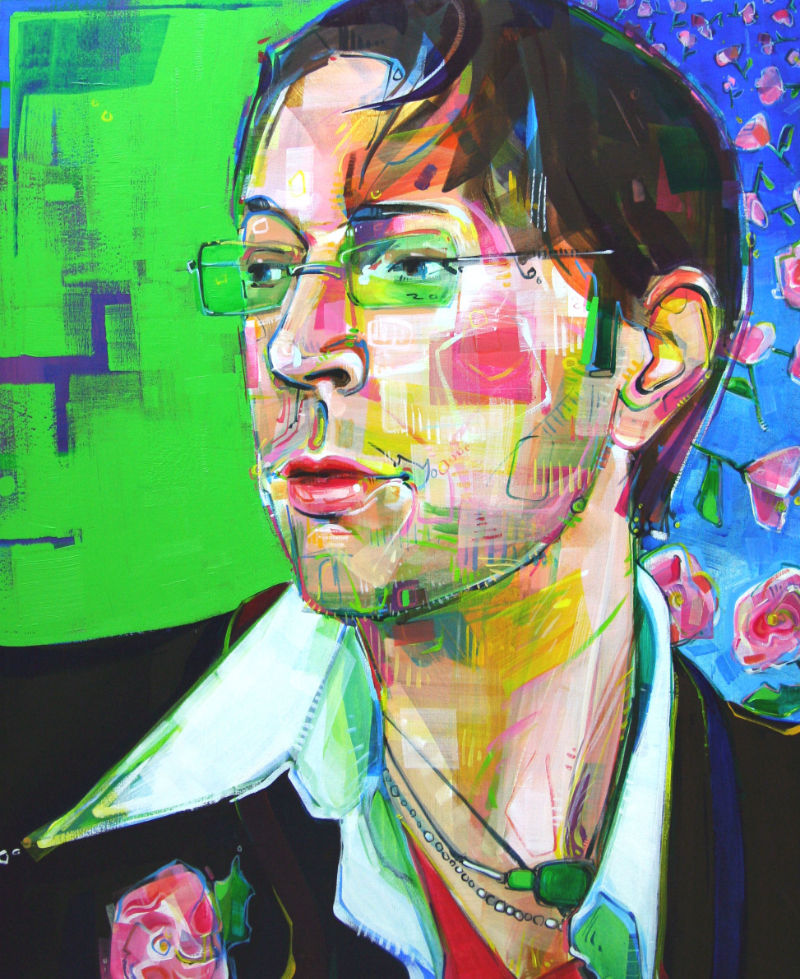
Richard Speer
2006
acrylic on canvas
34 x 28 inches
That’s how the roses made their way into this portrait.
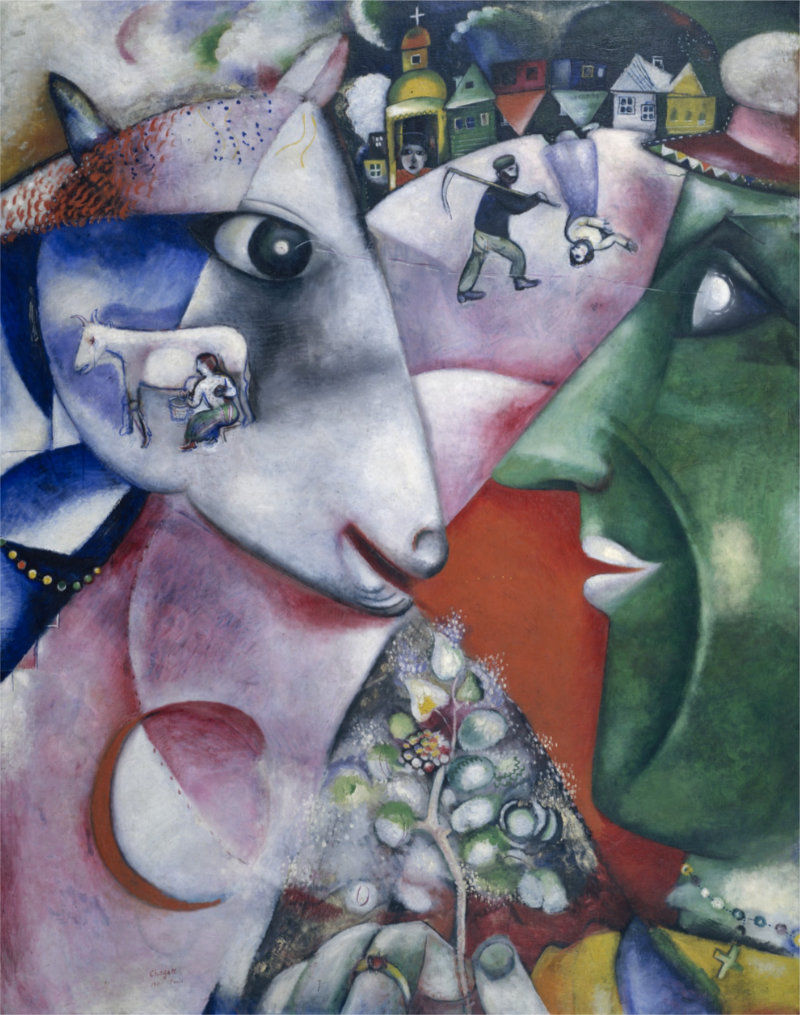
I found that the quoting and re-working process was as educational as creating a full copy, though maybe in a different way.
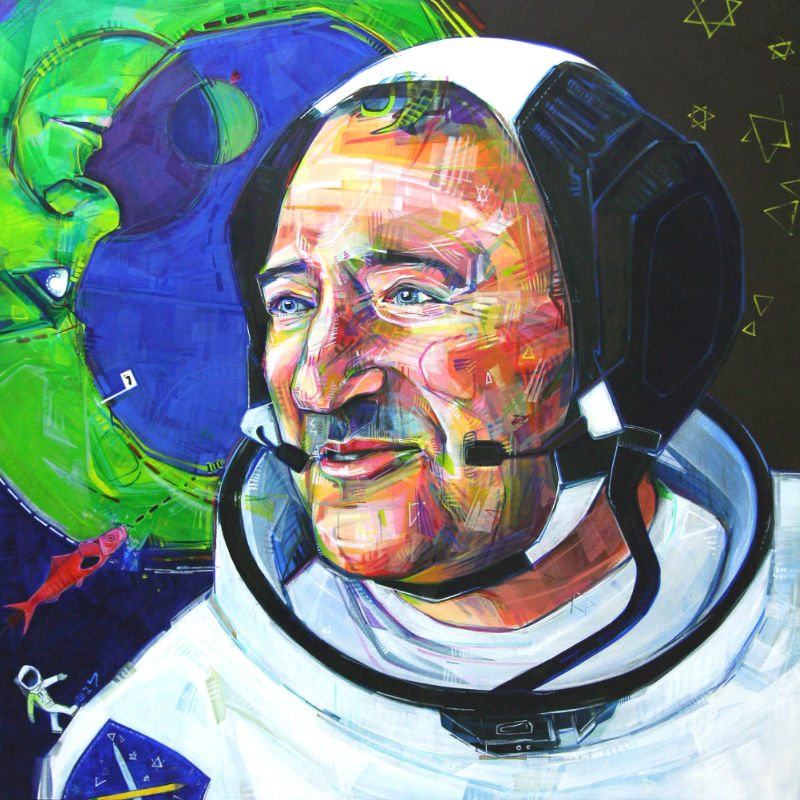
I and Cosmonaut Neil Armstrong (Russian-American, Alex)
2008
acrylic on canvas
42 x 42 inches
Referencing requires a careful study of the masterwork. My paintings with visual quotes inspire me to look into another artist’s work with more depth, which is exactly what happened with this iconic work by Chagall.
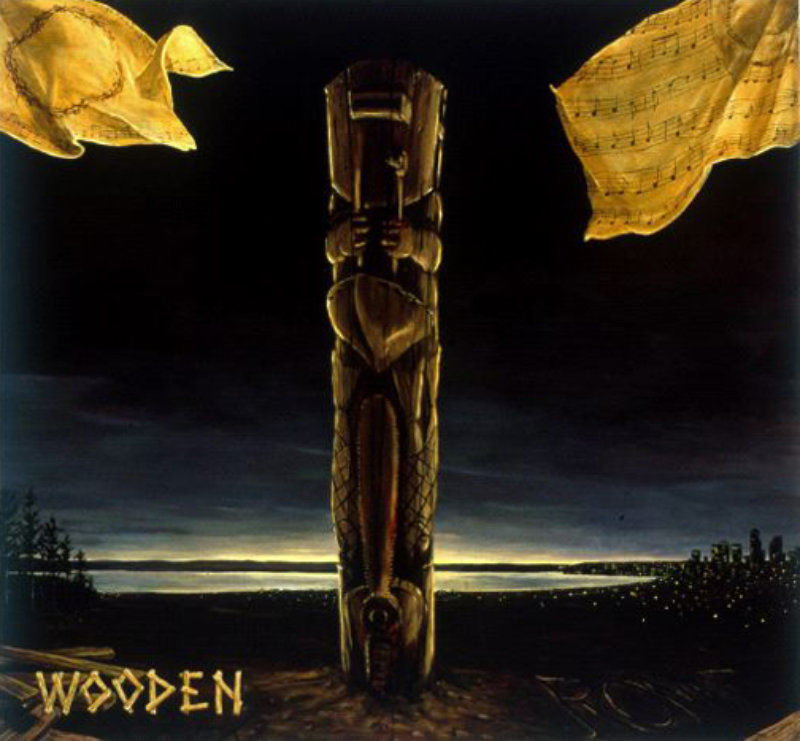
More recently, I’ve been looking at masterworks to help me to compose my more adventurous paintings. Brophy’s work helped me to lay out my totem pole portrait.
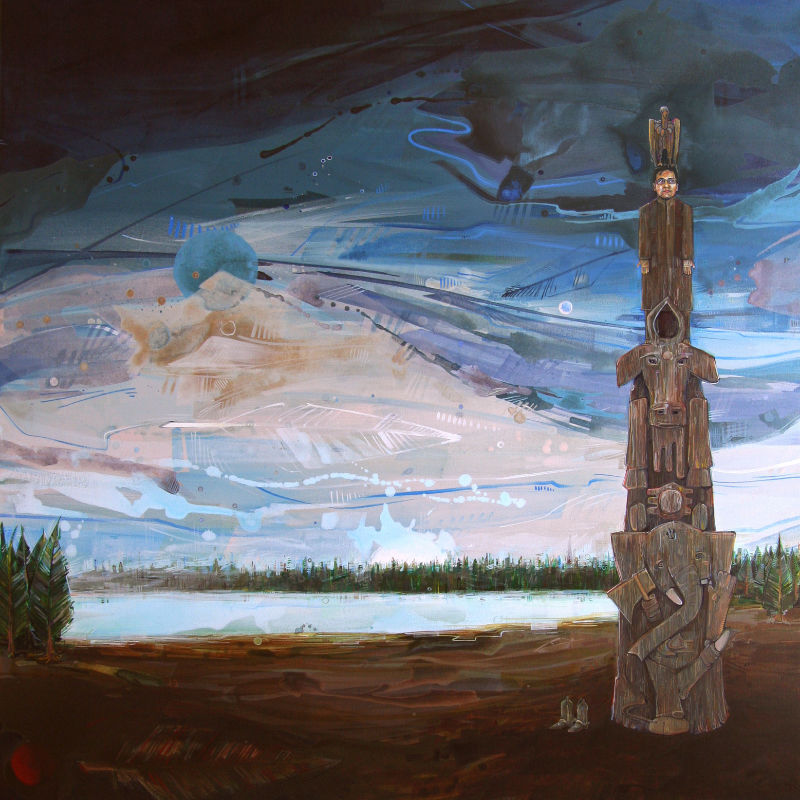
Indian (Indian-American, Amal)
2008
acrylic on canvas
48 x 48 inches
Before discovering Wooden Rome, I had a hard time imagining how I would paint my Indian-Indian mash-up for Apple Pie in anything but a very vertical composition.
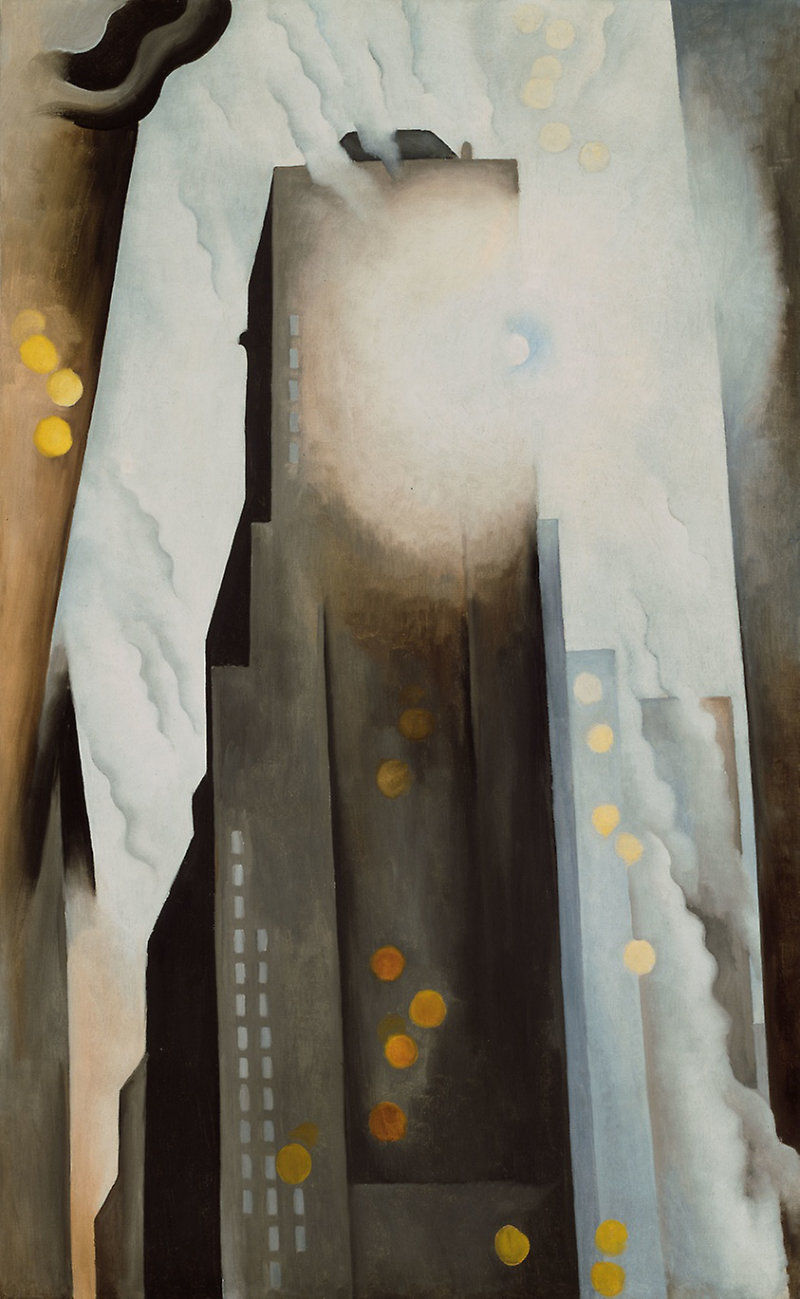
Similarly, I had no idea how to paint a tall building until I stumbled across this image by O’Keefe.
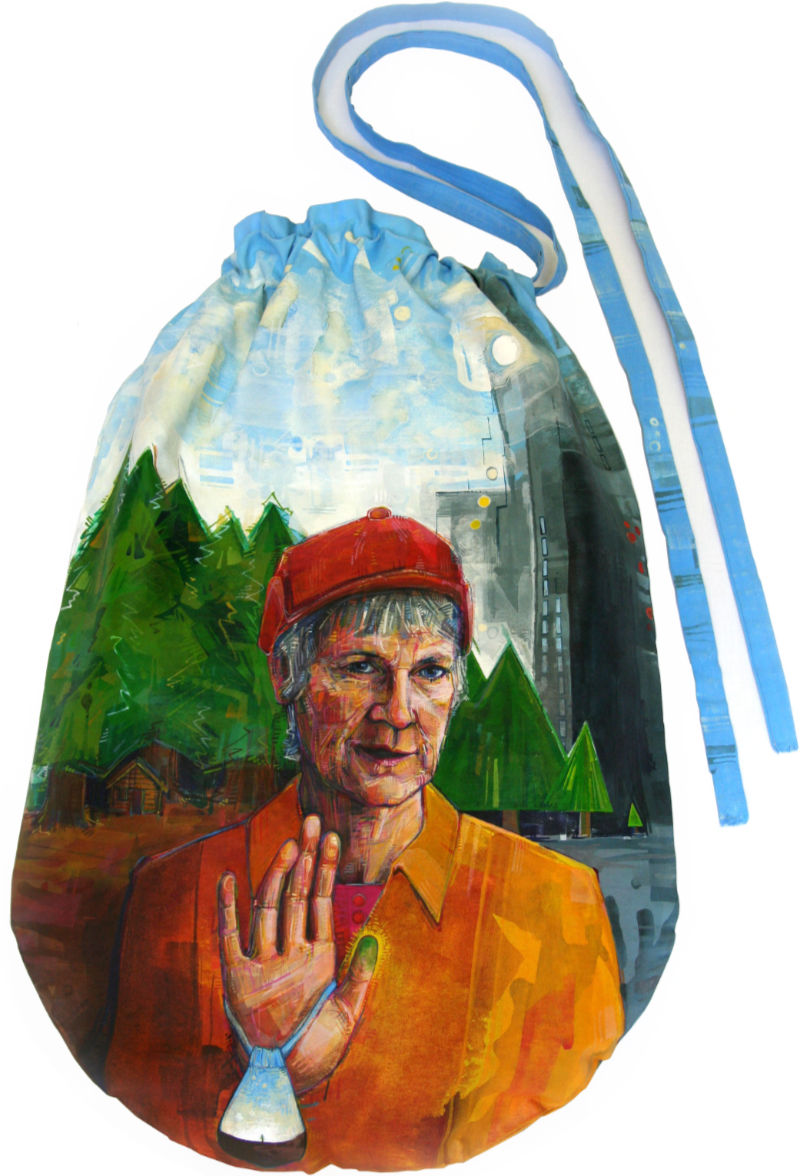
Paula Bunyan’s Pine Nut Planting Pouch (Austrian-American, Renate)
2008
acrylic on an oversized canvas pouch
34 x 23 x 10 inches
The shimmery feel of O’Keefe’s structure evoked towering heights, and, as soon as I saw it, I knew that it would help me make this piece work.

And, as I begin to work on compositions with more than one figure, I’ve found it especially useful to look at how that’s been done in the past.
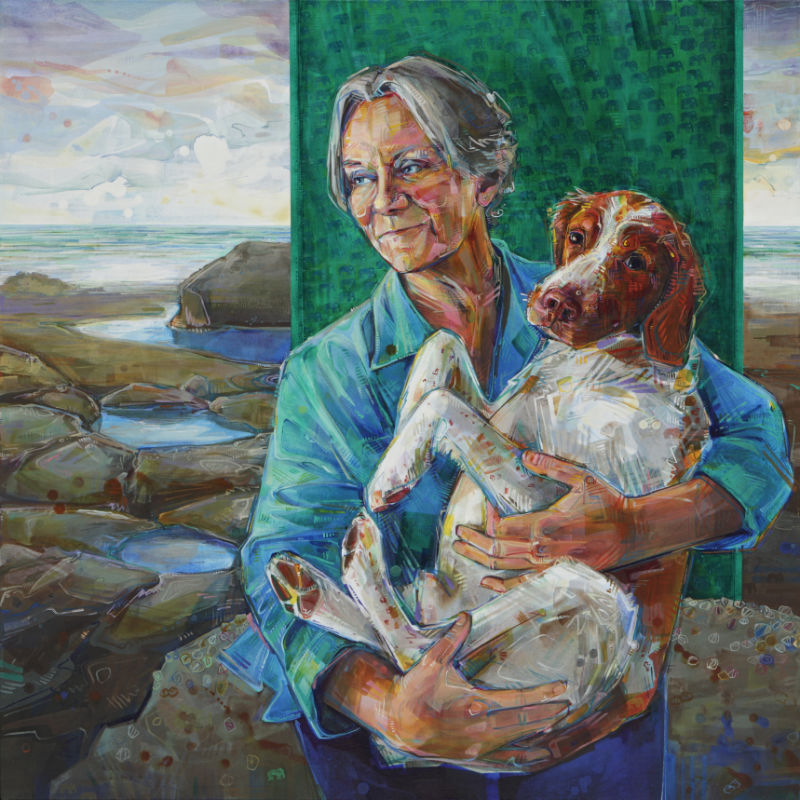
Mother
2009
acrylic on canvas
36 x 36 inches
When I sat down to paint this ode to my Maman, I wasn’t sure how to frame the subjects until I’d looked at a number of mother and child paintings. Observation of the painted world is as important to making art as observation of the real world!
Did this post make you think of something you want to share with me? I’d love to hear from you!
To receive an email every time I publish a new article or video, sign up for my special mailing list.

